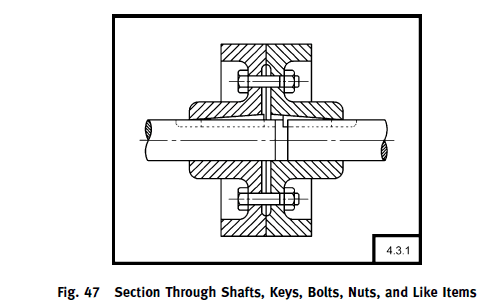ASME Y14.3 says that no cross hatching is done on cylindrical parts when the section is down the longitudinal center.
Does someone know the parameter requited in the file(s) and the config.pro setting to enable this?
Also, what version of Creo was it introduced in?
Unigraphics had this in the late 1990's and it is a great tool for use with standard hardware items. I have been asking for it with Wildfire and Creo for a number of years and at PTC LiveWorx last week, it was shown in a demo, but I forgot to write down the information.
"Wildfires are dangerous, hard to control, and economically catastrophic."
Ben Loosli
Does someone know the parameter requited in the file(s) and the config.pro setting to enable this?
Also, what version of Creo was it introduced in?
Unigraphics had this in the late 1990's and it is a great tool for use with standard hardware items. I have been asking for it with Wildfire and Creo for a number of years and at PTC LiveWorx last week, it was shown in a demo, but I forgot to write down the information.
"Wildfires are dangerous, hard to control, and economically catastrophic."
Ben Loosli

